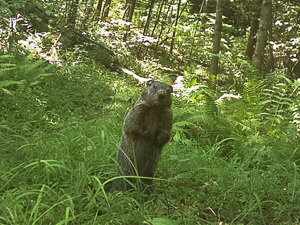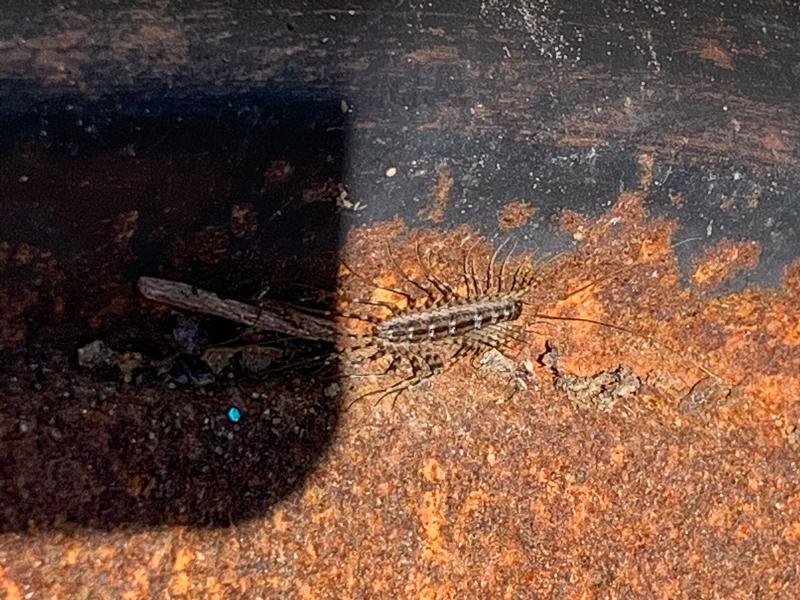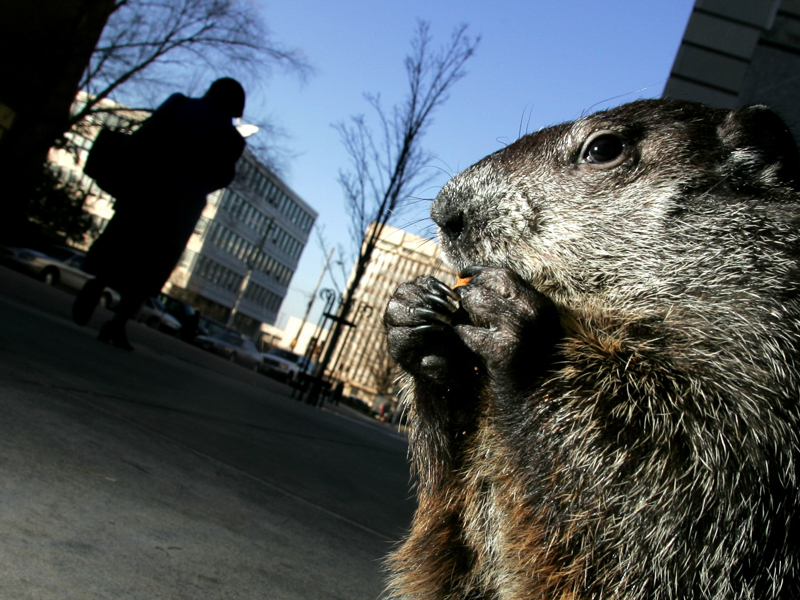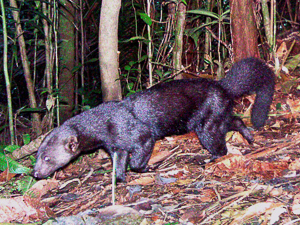
About Groundhogs
February 1, 2021
By Lisa J. Gatens, Collection Manager, Mammalogy There’s something squirrely about groundhogs. They are squirrels, and sometimes exhibit squirrely behavior. Groundhogs are the largest members of the Sciuridae, or the squirrel family. You are likely familiar with at least some other members of this family in North Carolina: the northern flying squirrel, southern flying squirrel,… Read More >

Ask a Naturalist: Meet Your Roommate, The House Centipede
There’s a reasonable chance you are currently cohabitating with the critter in this photo — a house centipede (Scutigera coleoptrata). The first time I encountered one, I was pretty frightened, to be honest. Let’s review some basics about centipedes and discover why you shouldn’t fear this common arthropod. The word centipede literally means “one hundred… Read More >

Watch from anywhere: Groundhog Day goes virtual at NC Science Museum
January 29, 2021
(RALEIGH, N.C.) — Live … from Raleigh, North Carolina … it’s Groundhog Day! Don’t miss Sir Walter Wally as he makes his annual weather prognostication, virtually, on the North Carolina Museum of Natural Sciences’ YouTube channel, Tuesday, Feb. 2. This year’s event is held from noon to 12:30 p.m. Tune in to hear Museum educators… Read More >

Thinking outside the park: camera trapping mammals in urban areas
A white-tailed deer watches as a red fox passes by in the National Arboretum. Museum Research Curator for Mammals, Dr. Michael Cove, and colleagues have published the first camera trap survey conducted throughout the Washington, DC area. Typically, camera traps are deployed in green spaces (forest preserves, greenways, golf courses), but this study deployed camera traps… Read More >

New World carnivore Tayras are diurnal across their range
January 27, 2021
Museum Research Curator for Mammals, Dr. Michael Cove, and colleagues have published a range-wide study of Tayras in the Journal of Mammalogy. These mustelids (related to weasels, otters, martens, etc.), some of the least-known in the New World, were found to be diurnal across their entire range. Cove has been camera trapping in Central America… Read More >

